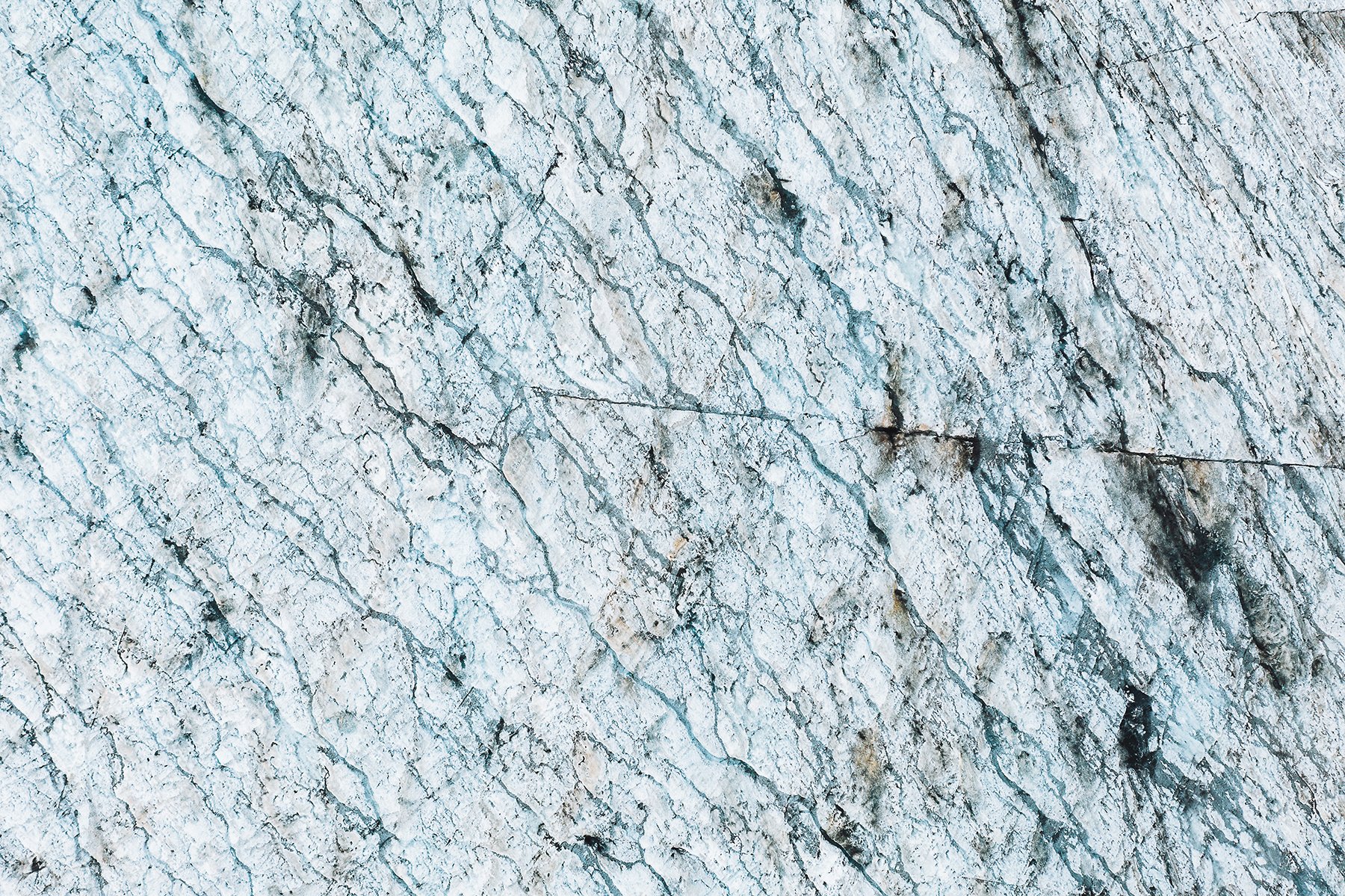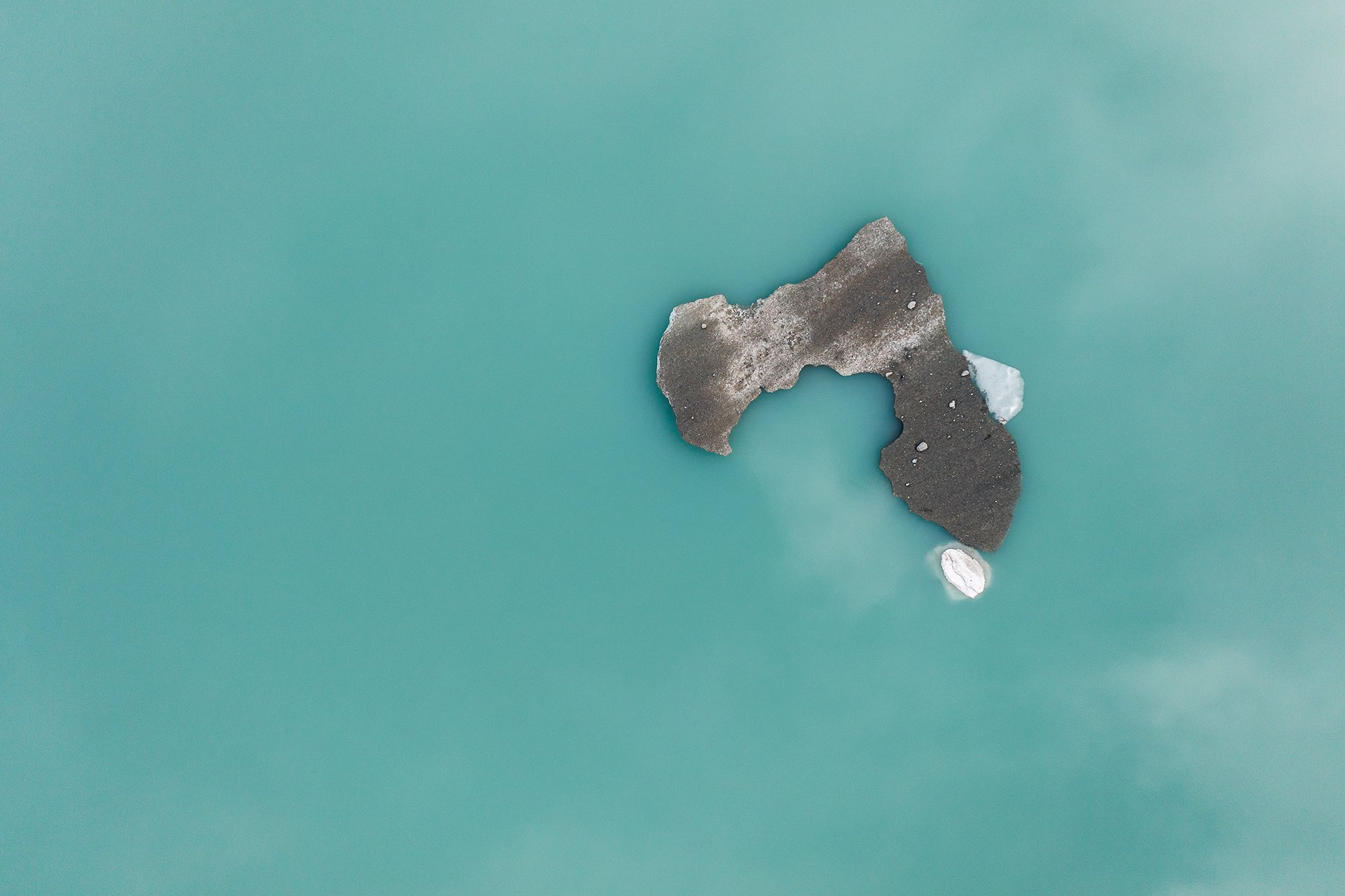MELTING GIANTS
The once mighty glaciers of the alps are melting away. According to scientist, up to 80% of them could be gone by the end of this century due to climate change. "Melting giants" is capturing the beauty of glaciers and their decline.
About Melting Giants
Since my childhood I am fascinated by the ice giants. During my hikes in the alps, I could witness their decline at first hand. When I learned that many glaciers could be gone by the end of the century, I knew that something had to be done. With this project I want to document the melting giants and capture their beauty. On the one hand, to show future generations what we have lost; on the other hand and even more importantly, to showcase the issue to a broad audience, thereby hopefully accelerating climate protection. We have only one planet and need to start to take responsibility for our actions.
„The glaciers are the fever thermometers of the earth“. Our earth has already warmed over one degree Celsius and currently we are heading for two degrees. It is scientifically proven that we humans are responsible for the current climate change. Due to the rising temperatures, our glaciers are melting away. Unfortunately, areas such as the Alps and the polar region are warming particularly quickly. The alpine glaciers serve as a symbol for the worldwide condition of the glaciers. The huge amounts of ice and snow that have formed and shaped the alpine landscape are disappearing faster and faster. What is happening to the glaciers in the alps is also happening on Greenland, in the Himalayas, in the Andes, in the Arctic and in the Antarctic – in some cases to an even greater extent.
August 2022
August 2023
This metal plate was put at the edge of the ice in September 2016. The picture was take in August 2023, 7 years later. The edge of the ice is now at least 25 meter away and 5 to 6 meter lower.
Some numbers and facts about glaciers and their decline:
Giants
there are approximately 5000 glaciers in the alps
the longest glacier in the alps, the Aletsch glacier, is around 22 kilometres long
at the Konkordiaplatz in Switzerland, the ice is roughly 900 metres thick
there are around 900 glaciers in Austria with an average thickness of 38 metres and a volume of 17,7 cubic kilometres
Melting
if global warming stays at 1,5 degrees, about half of the glaciers will disappear until 2100
if global temperatures rise up to 2,7 degrees, nearly all glaciers in many regions, like the alps, could vanish
for example, the Hintereisferner in Austria lost 5% of its volume in only one year
in Switzerland, glaciers have lost half of their ice mass between 1931 and 2016 and since 2016 have lost additional 12%
Why we should care
Glaciers are not only incredible to look at. They are important for several reasons. The ice acts as a water reservoir for nature and humans alike. They continuously supply the valleys with water in summer. Once they have disappeared, this water is missing for nature and humans. This is especially relevant in Asia, where the glaciers in the Himalayas provided water for millions of people.
Moreover, the melting of the ice affects the rise of the sea level. Rising sea levels threaten people all over the world. The glaciers in the Alps are so „small“ that in total the sea level would „only“ rise by 10 to 20 centimetres. However, glaciers are melting on a global scale. If all the ice on Greenland melts, water levels would rise by about 7,5 meters. Alone the ice in Antartica can lead to a rise of about 60 meters. Today roughly 200 million people live below 5 meter above sea level. Depending on the global temperature increase, sea levels will rise by 60 centimetres to several metres by 2100, directly threatening these people. An useful tool to see the impact of rising sea levels is the interactive map by Climate Central. Feel free to play around: Climate Central Sea Level Rise Map.
In addition, glaciers influence the stability of the alps. With their disappearance, mountains become unstable and huge landslides can happen, creating a danger for villages and people. Mountaineers face more unpredictable risks, as seen in 2022 at the Marmolada glacier in Italy, where a part of the glacier collapsed, killing seven people. Other dangers include glacier lakes that break their banks and crash into the valley.
Watching the glaciers vanish
As part of the project and to visualise the retreat of glaciers, I return to certain ice giants every year or two. You can see all the comparisons shots that I have taken so far here:


Explore some of the glaciers I have photographed
You want to witness climate change and see the glacier with your own eyes? Then take at look at my Melting Giants collections on Komoot and follow my footsteps: https://www.komoot.de/collection/2373617/wanderungen-zu-den-melting-giants-der-alpen.
What you can do
You do not have to go all vegan, never fly or use a car again and live in a cave without electricity. I mean, if you want to, do it, nature would be happy. But for many people that is just not possible. The most important thing is, that you do the best you can and start to implement changes in your life. How about one or two days per week where you don’t eat meat or even eat completely vegan? Maybe use public transportation more often instead of your car? Or try to buy less and reuse and repair things. There are many ways to reduce your carbon footprint. Tell others how they could also reduce theirs and make people aware of the consequences of climate change. You can find many ways on how to reduce your carbon footprint on the internet and decide for yourself, which options are the best ones for you. If you decide to donate money to offset your carbon emissions, look for the “Gold Standard” certification. I can recommend companies like atmosfair (https://www.atmosfair.de/de/).
And maybe most importantly: VOTE and demand from your government to change something. By voting for parties that aim at fighting climate change, you can do a lot for our glaciers and nature in general.
Spread the word and inform others. :)
Upcoming events
Exhibition: Melting Giants
25. - 27. October 2024 at GDT Internationales Naturfotofestival in Lünen, Germany. More Information here: https://www.gdtfoto.de/seiten/gdt-internationales-naturfotofestival-luenen-ausstellungen-Bildersaal.html
more exhibitions will follow
What’s next
I will spent the summer 2024 to photograph more comparisons shots and to visit some glaciers, I have not photographed yet.
I am also planning two or three special shootings, so stay tuned.
More infos on glaciers and climate change:
https://www.zamg.ac.at/cms/de/klima/informationsportal-klimawandel/klimafolgen/gebirgsgletscher
https://www.science.org/doi/10.1126/science.abo1324
https://www.greenpeace.de/klimaschutz/klimakrise/berge-eis-gletscher-schmelzen
https://ethz.ch/de/news-und-veranstaltungen/eth-news/news/2022/08/gletscherschwund-historisch.html
https://www.wwf.ch/de/stories/vom-sterben-der-gletscher
https://www.slf.ch/de/2022/schlimmer-als-2003-schweizer-gletscher-schmolzen-wie-noch-nie.html













